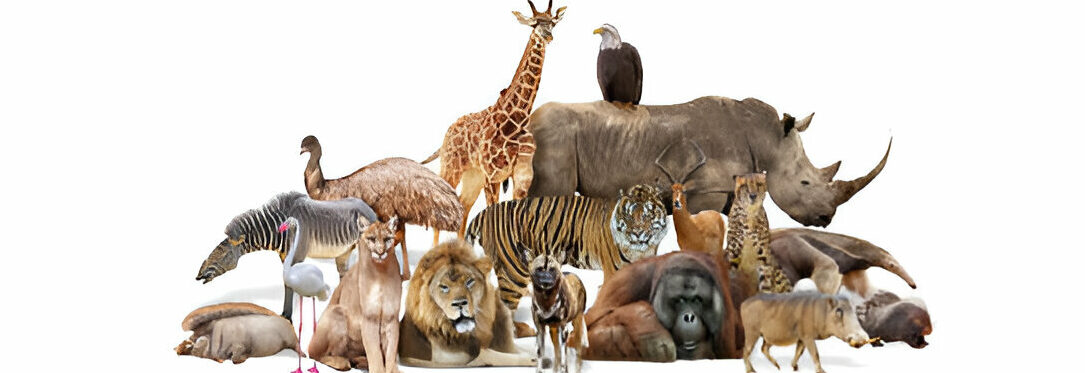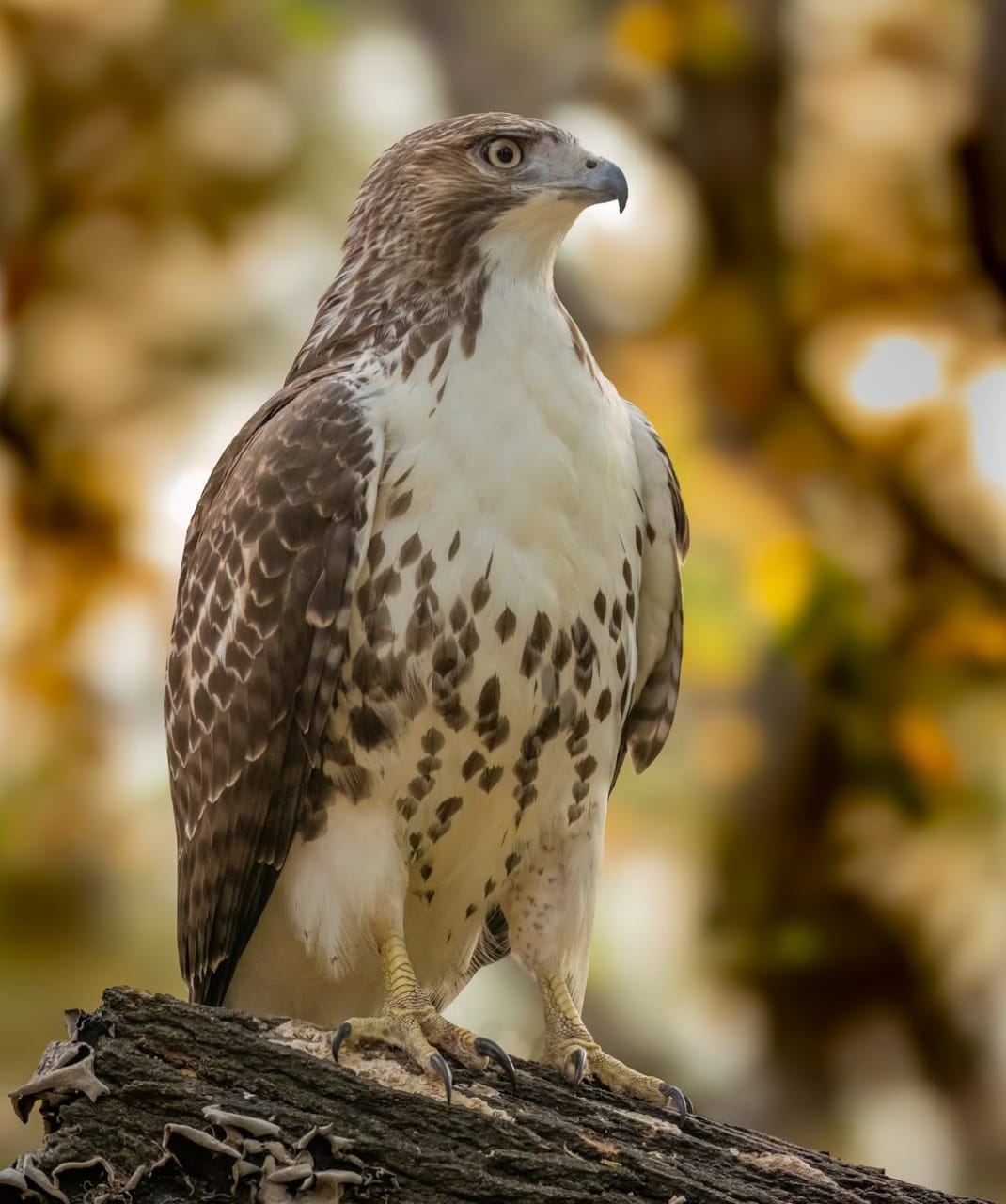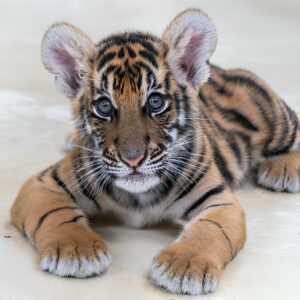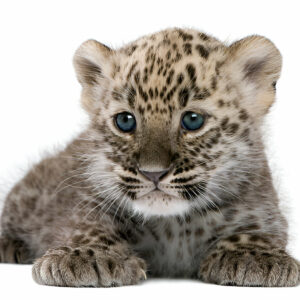Description
Discover the Majestic Hawk: A Unique Exotic Pet
A hawk is one of the most awe-inspiring birds of prey, known for its sharp eyesight, powerful talons, and incredible hunting skills. While hawks are wild animals and not traditional pets, they are sometimes adopted by experienced falconers and exotic bird enthusiasts who can provide the specialized care and environment they require. At ExoticPetsCare.com, we’re here to guide you through everything you need to know about adopting and caring for a hawk. More
Introduction to Hawks
Hawks belong to the family Accipitridae and are found on every continent except Antarctica. These birds of prey are known for their keen vision, which is up to eight times sharper than that of humans, and their ability to soar effortlessly through the skies. A hawk is a solitary hunter, preying on small mammals, birds, and reptiles.
Physical Characteristics
Hawks are easily recognizable by their:
- Size: Depending on the species, they can range from 10 to 24 inches in length, with wingspans of 20 to 55 inches.
- Coloration: Their plumage varies by species but typically includes shades of brown, gray, and white, often with distinctive patterns.
- Beak and Talons: They have sharp, curved beaks and powerful talons for capturing and killing prey.
Behavior and Temperament
Hawks are solitary and territorial birds. They are highly intelligent and require mental stimulation to stay healthy. While they can form bonds with their human caregivers, they retain their wild instincts and are not domesticated like traditional pets. Proper training and socialization are essential for a successful relationship with a hawk.
10 Essential Care Tips for Hawks
1. Spacious Housing
- A large, secure aviary is essential. The enclosure should be at least 10 feet tall and 20 feet wide, with perches at varying heights.
- Regular outdoor flight time is crucial for their physical and mental well-being.
2. Balanced Diet
- They are carnivores and require a diet of fresh meat, such as mice, rats, and small birds. Prey should be provided whole to ensure they receive all necessary nutrients.
- Feeding frequency depends on the species and size, but most require daily feeding.
3. Mental Stimulation
- Provide toys, perches, and opportunities to hunt or explore to keep them mentally stimulated.
4. Social Interaction
- Handle your bird regularly to build trust and ensure they remain docile. Use gloves to protect your hands from their sharp talons.
5. Training
- Regular training sessions are essential for building trust and ensuring they remain engaged.
6. Exercise
- Allow them regular outdoor flight time to stretch their wings and maintain their physical health.
7. Grooming
- Regularly check their feathers, nails, and beak to ensure they remain in good condition.
8. Veterinary Care
- Schedule regular check-ups with an avian veterinarian to ensure their health and well-being.
9. Environmental Enrichment
- Create a stimulating environment with climbing structures, foraging toys, and safe outdoor exposure.
10. Long-Term Commitment
- Remember, these birds can live for several decades, so ensure you’re ready for a lifelong commitment.
Legal Considerations
Before adopting a hawk, check local laws and regulations. In many areas, owning one requires a falconry license, which involves passing a written exam and completing an apprenticeship with an experienced falconer.
Why Adopt a Hawk?
Adopting a hawk is a unique opportunity to connect with one of nature’s most majestic creatures. Their intelligence, beauty, and hunting prowess make them a truly extraordinary companion. However, hawk ownership is not for everyone. It requires a significant commitment of time, resources, and expertise to ensure their well-being.
Interesting Facts
- They have exceptional eyesight, allowing them to spot prey from great distances.
- They can reach speeds of up to 150 miles per hour when diving for prey.
- Hawks are monogamous and often mate for life.
- They play a crucial role in controlling rodent and small mammal populations.
Conclusion
Adopting a hawk is a long-term commitment that requires dedication, knowledge, and resources. If you’re prepared to provide the care and environment they need, this bird can be a fascinating and rewarding companion. At ExoticPetsCare.com, we’re here to help you every step of the way. Contact us today to learn more about adopting or to explore other exotic pet options.







Reviews
There are no reviews yet.